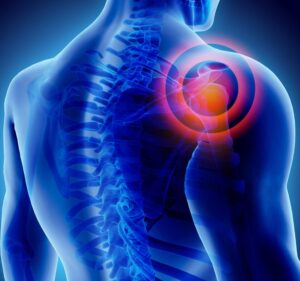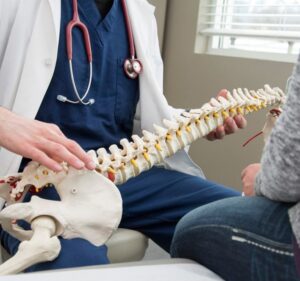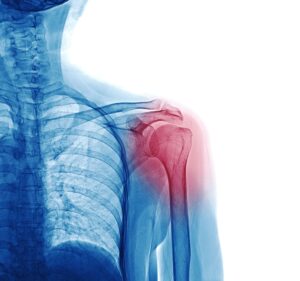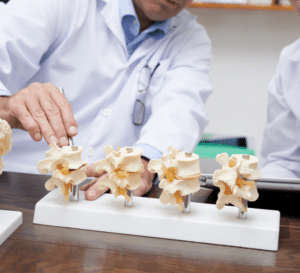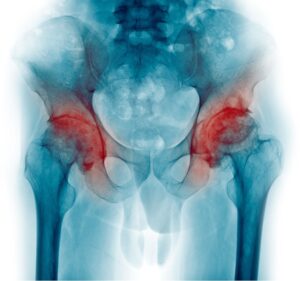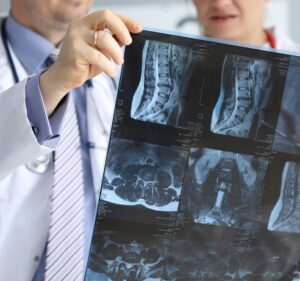
How Endoscopic Foraminotomy Relieves Pressure on Spinal Nerve Roots
Individuals suffering from spinal impingement or pinched nerves often experience painful and uncomfortable symptoms that drastically impact their quality of life. An endoscopic foraminotomy can help relieve pressure on spinal nerve roots and help you get back to a more mobile and painless lifestyle. This minimally invasive surgery can be an outpatient procedure, getting you back on your feet as quickly as possible. At NJ Spine & Orthopedic, our experienced spine specialists offer cutting-edge research, technology, and treatments for our patients in New Jersey, Florida, and New York. We understand how challenging living with chronic back pain can be and are committed to treating you and your injuries with the utmost care. Our award-winning surgeons will prioritize your health and comfort as they determine the best treatment for your unique needs. How Can an Endoscopic Foraminotomy Help Relieve Pain Caused by Spinal Impingement? A minimally invasive endoscopic foraminotomy can be performed with an incision the size of a postage stamp. The procedure uses state-of-the-art specialized equipment, including a tiny camera. This approach can help minimize the damage to the muscles and nerves that need to be moved aside during a traditional surgical procedure. During the procedure, your surgeon will remove a small portion of bone from the foramina, or nerve canal, to relieve pressure on the impinged nerve roots. Removing the cause of this uncomfortable pressure can free your pinched nerves and relieve your pain and discomfort. Your surgeon may also perform other procedures to treat your pain, including a discectomy or laminectomy. Your doctor will work with you to fully understand the cause of your pain and its impact on your life to determine the best treatment options for you. Is an Endoscopic Foraminotomy the Right Treatment for Me? An endoscopic foraminotomy has a short recovery period and is often recommended to treat a wide range of conditions, including the following: Bulging or herniated discs Failed back surgery Spine degeneration Sciatica Radiculopathy Spondylolisthesis Spinal stenosis Spinal instability Arthritis This is by no means an exhaustive list, and there may be other conditions an endoscopic foraminotomy can help treat. Your doctor will review your symptoms and determine the best course of action for your unique needs. You may be a candidate for an endoscopic foraminotomy if you experience the following symptoms: Pain that radiates down the arms and legs Pain that has persisted for at least three months Limited range of motion in your neck or back Weakness or tingling in your limbs Difficulty performing daily tasks Trouble standing, sitting, or walking for extended periods Inability to achieve relief through conservative approaches Willingness to undergo physical therapy It is also essential to note that candidates for endoscopic foraminotomy must not be exceedingly overweight, as obesity increases the stress on the spine during the recovery process. Your doctor will help you fully understand the risks and benefits of your procedure to help you make the best decisions possible regarding your spinal health. Schedule an Appointment With a First-Class Spine Specialist Today

